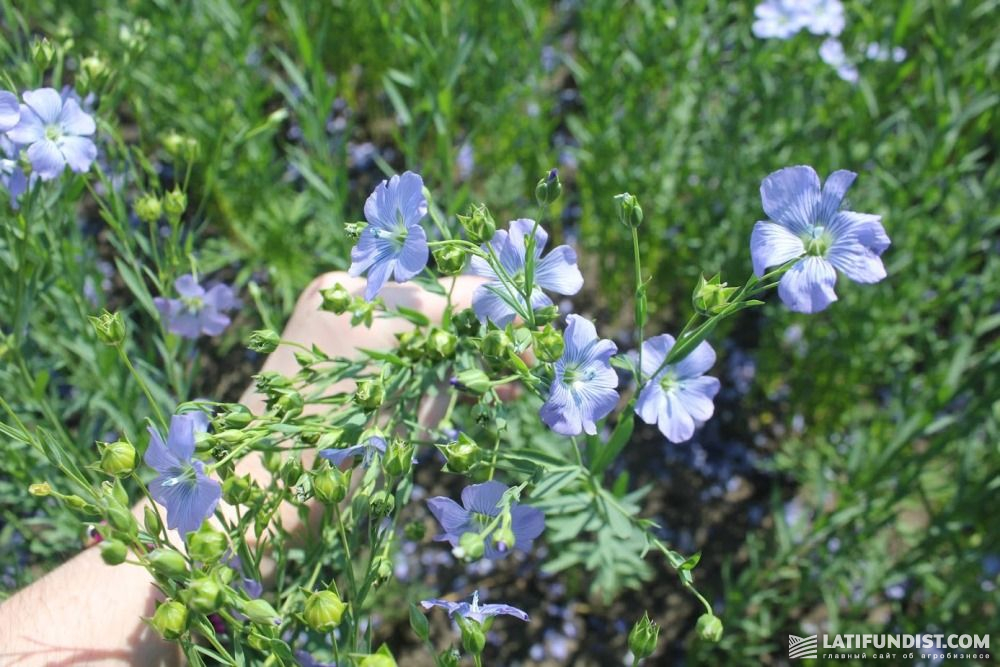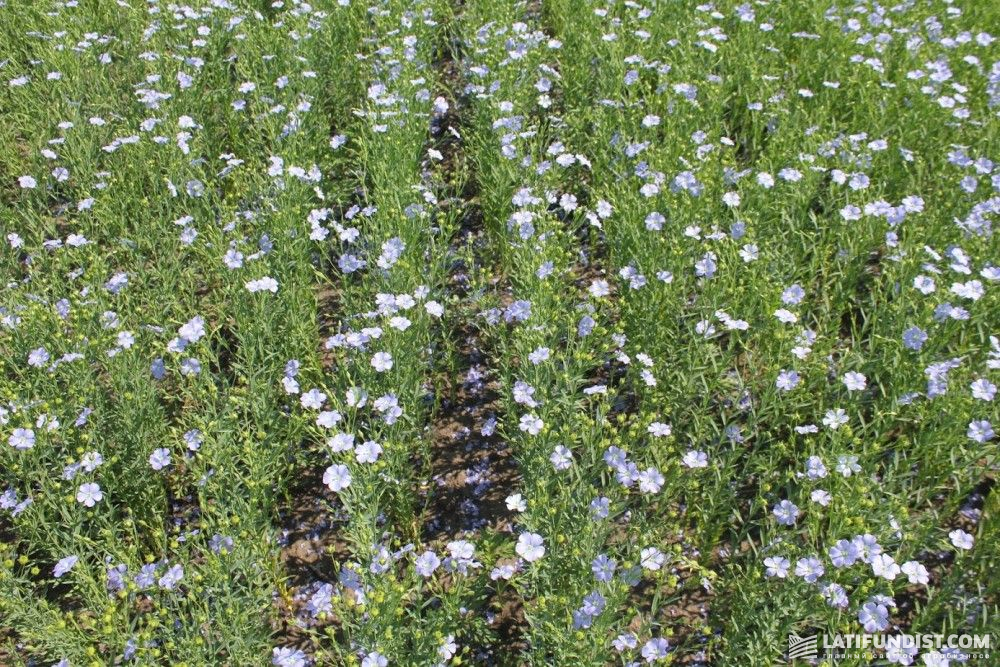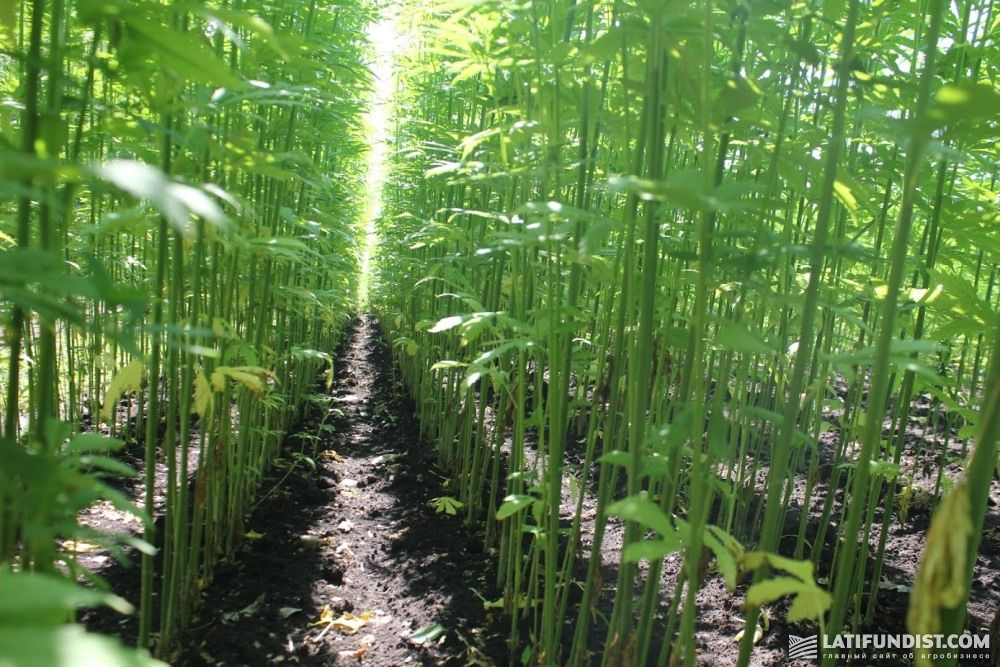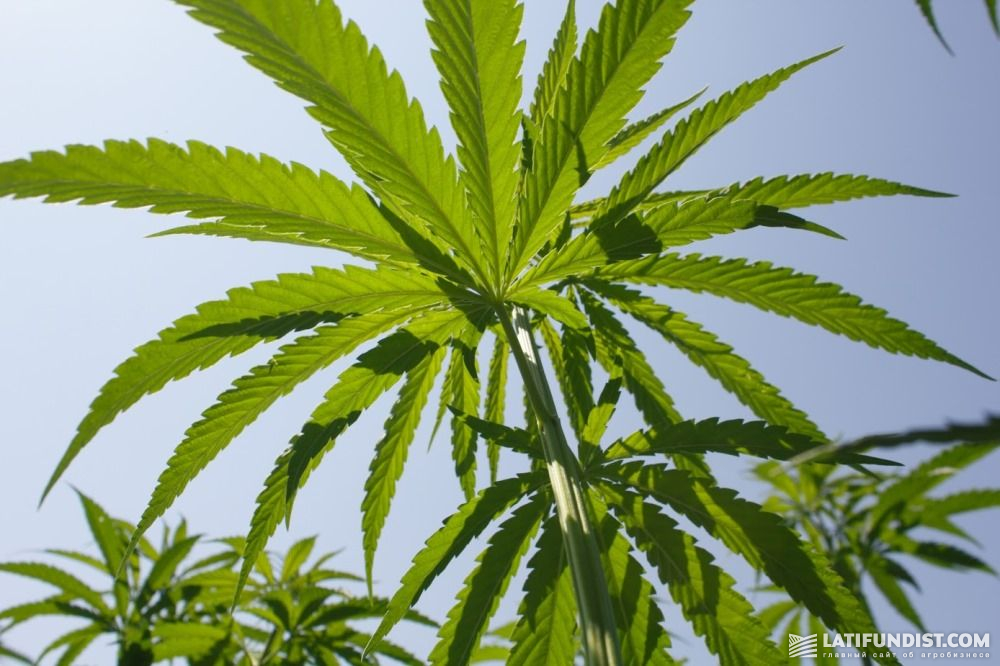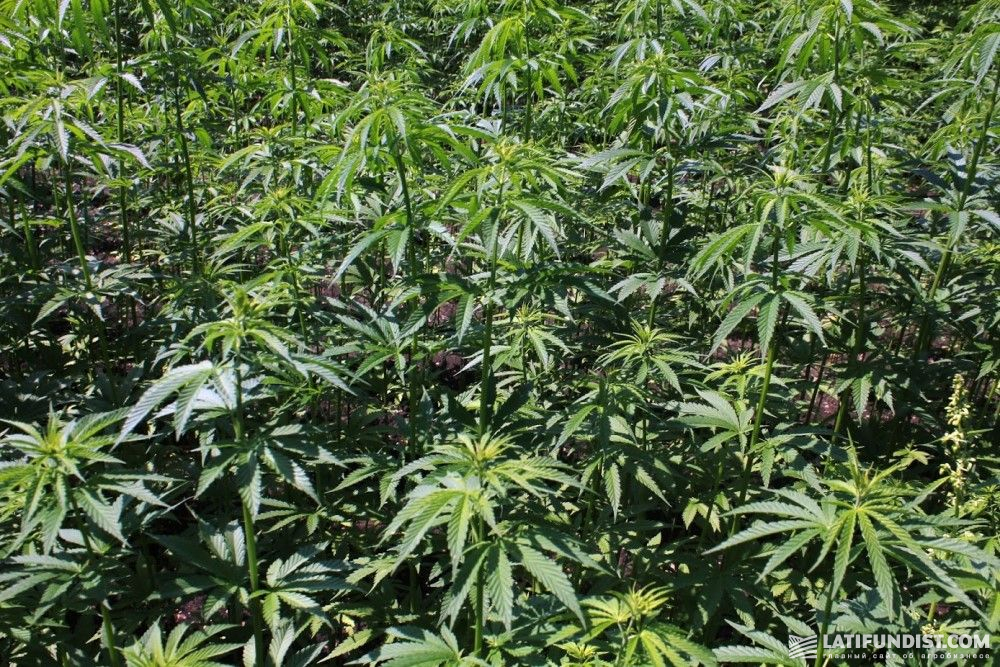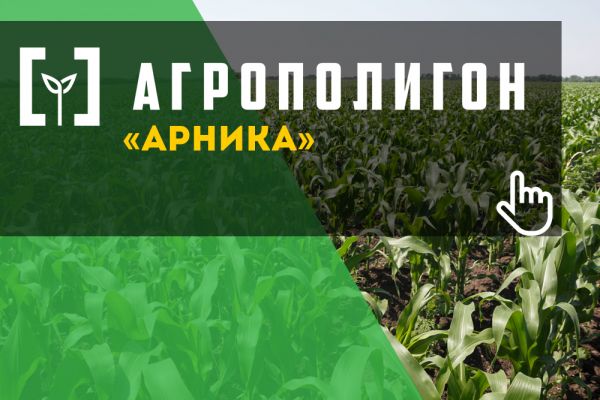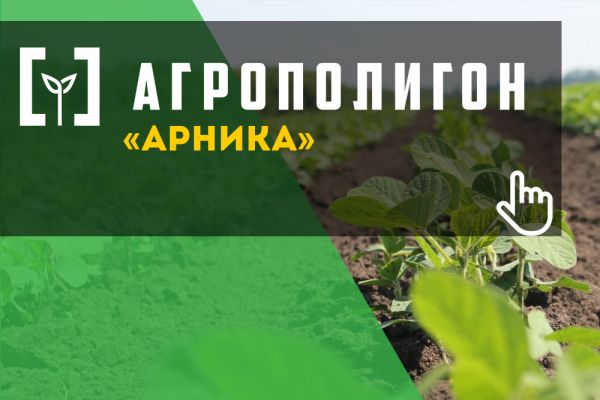AgroPoligon Arnika: Organic Technology of Growing Flax and Hemp
While summer is reaching its peak, we are looking for interesting agri news to share with our readers. This time we will tell you about organic farming, which is becoming more and more popular and focus on organic flax and hemp.
The AgroPoligon team visited the fields of the Arnika agro-industrial group on July 13 and inspected the plants which grow there. Naturally, we could not but enquire about flax and hemp. These two cultures used to be traditional for Ukrainian farming but they are rarely grown today.
We were lucky to have Sergei Sereda, the chief agronomist of the group, as our guide. Mr. Sereda is an interesting and knowledgeable companion, willing to talk about the group’s farming progress.
Before asking about the plants, we wanted to learn more about the farming machines. There are many new items in the company’s agricultural machinery park and the number keeps growing. Since Arnika grows a large variety of plants, we were curious to know what machines were used for sowing.
“We have universal seeding complexes which differ from each other only by the row spacing. The first type has 19 cm or 38 cm of spacing, and the second type has 45 cm and 70 cm of spacing. We sow flax, lentils, wheat, and hemp using the machinery with the smaller row spacing of 19-38 cm, while corn, soy, and chickpeas are sown using the 45-70 cm row spacing machinery,” explained Sergei Sereda.
Growing flax
Eureka! By saying that we are not trying to quote Archimedes. Eureka is a variety of flax we came to inspect at Arnika.
The crops take 127 ha of the field replacing the last season’s soybean. It was sown on April 22 with the seeding rate of 7 mln/ha, 19 cm of row-spacing and the depth of 2-3 cm of seeding.
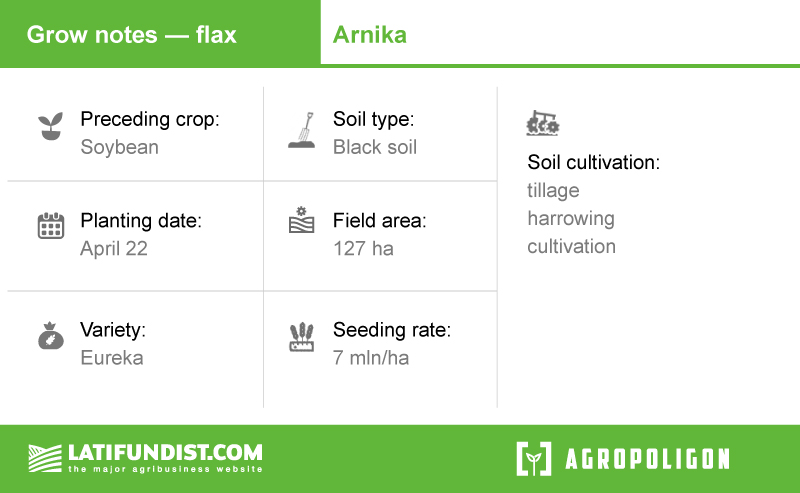
The basic cultivation for flax was tillage which was followed by a flex-tine harrowing and pre-sowing cultivation to the depth of seeding. Later they conducted pre-emergence harrowing, and post-emergence harrowing after the plants appeared. Applying a lot of technical treatment is a usual thing for organic farming since this type of farming only allows mechanical weed control.
Protecting plants from pests and diseases with pesticides is also forbidden that is why the company releases Trichogramma to “spook” the pests at the early stages of the plant development and tests bioinsecticides and fungal biopesticides at the demo fields before applying them to the crops.
“Since we do not apply any insecticides and fungicides, we do not kill natural entomophages. As soon as there appear aphids, there appear ladybugs too. Nature takes care of the balance between the good and the harmful bugs itself,” remarked Sergei Sereda.
We arrived just in time to see flax in bloom as the first capsules started forming. At this stage, agronomists are able to make projections about the yield figures. This year they expect to harvest 2 t/ha compared to 1.5 t/ha harvested last year which was not the best year for flax production as all the agronomists unanimously agreed.
On the whole, the condition of the crops is assessed as good. The crop was planted early and there was enough moisture during the germination of the seeds.
The agronomist told us that there was much less precipitation last year both in winter and in spring. This season, there were no rains for two weeks in a row but that was not too critical since it rained on July 13 bringing about 24 mm of revitalizing moisture. On the day of our visit, the flax looked healthy after the unexpected shower and “winked” happily at us.
Organic hemp
Now it is time for the most unusual crop of the AgroPoligon expedition. Only a few farms in Ukraine grow hemp. Arnika has its own department of selection and seed production which has already produced two of its very own varieties of hemp: Globa and Lara.
92 ha of the field the AgroPoligon team visited are covered with the hemp of the Lara variety. To obtain good seedlings, the seeds were sown at a density of 1.1 mln/ha, at the depth of 5 cm and with a row spacing of 38 cm.
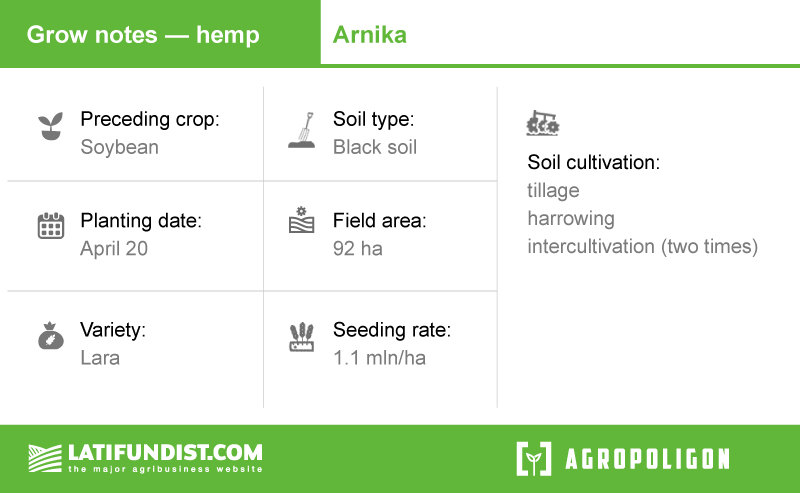
The company’s crop rotation plan presupposes the rotation of legumes and non-legumes, that is why hemp was preceded by soybean. Soybean is considered to produce a good effect on the soil that is why the agronomists expect a very good yield this season.
Before the seeding, the hemp seeds were inoculated and treated with biocides to foster better absorption of hard-to-get forms of phosphorus and potassium. This, by the way, is a long-standing tradition with the group.
In fall, the field was tilled; in spring, it was harrowed with a flex-tine harrowing. Later, there followed an inter-row cultivation.
To fight pests, the group releases Trichogramma in the hemp field, same as in other fields. The first release was done on May 20. They plan two more releases, however, the dates for the releases are still to be agreed on. The group also monitors the influence of the biocides on the crops.
By the beginning of July, the crop has already reached half of its height. The condition of the crop is good, but the agronomists do not rush to conclusions yet. We have our superstitions too, so we won’t rush to conclusions either.
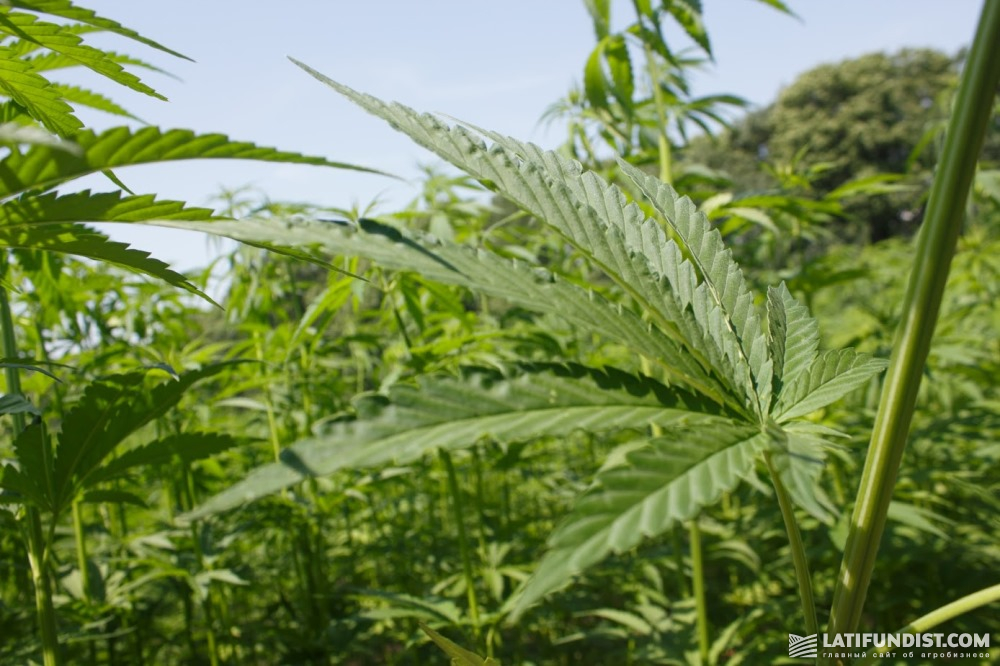
Last year, the hemp production amounted to 600 kg/ha. Since the weather conditions are much better this year, they do not expect lower yields.
With this optimistic prediction, we end the first round of examining Arnika’s fields.
Stay with us and we will be back soon with a report on the wheat harvest.
Anastasia Avramchuk, Latifundist.com






